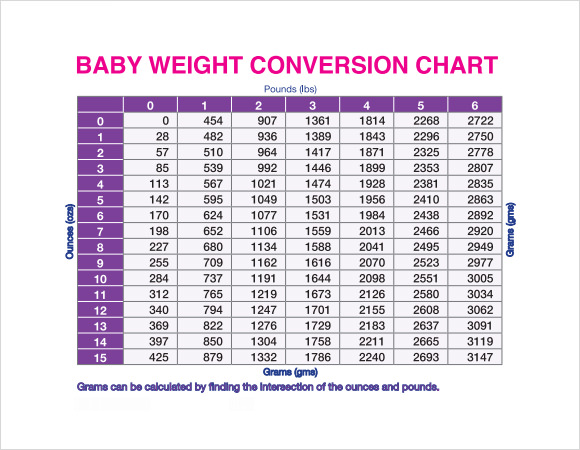

The international avoirdupois pound (the common pound used today) is defined as exactly 0.45359237 kilograms. Poundĭefinition: A pound (symbol: lb) is a unit of mass used in the imperial and US customary systems of measurement. This is evidenced by the fact that the mass of the original prototype for the kilogram now weighs 50 micrograms less than other copies of the standard kilogram.Ĭurrent use: As a base unit of SI, the kilogram is used globally in nearly all fields and applications, with the exception of countries like the United States, where the kilogram is used in many areas, at least to some extent (such as science, industry, government, and the military) but typically not in everyday applications.

Prior to the current definition, the kilogram was defined as being equal to the mass of a physical prototype, a cylinder made of a platinum-iridium alloy, which was an imperfect measure. The kilogram was originally defined as the mass of one liter of water at its freezing point in 1794, but was eventually re-defined, since measuring the mass of a volume of water was imprecise and cumbersome.Ī new definition of the kilogram was introduced in 2019 based on Planck's constant and changes to the definition of the second. This is at least in part due to the inconsistencies and lack of coherence that can arise through use of centimeter-gram-second systems, such as those between the systems of electrostatic and electromagnetic units. SI is a system based on the meter-kilogram-second system of units rather than a centimeter-gram-second system. Unlike the other SI base units, the kilogram is the only SI base unit with an SI prefix. History/origin: The name kilogram was derived from the French "kilogramme," which in turn came from adding Greek terminology meaning "a thousand," before the Late Latin term "gramma" meaning "a small weight." The changes were intended to improve the definitions of SI base units, not to actually change how the units are used throughout the world. Even though the definition of the kilogram was changed in 2019, the actual size of the unit remained the same. The meter and the second are defined in terms of c, the speed of light, and cesium frequency, Δ νCs. It is currently defined based on the fixed numerical value of the Planck constant, h, which is equal to 6.62607015 × 10 -34 in the units of J That’s over 3 US cups more milk when you pay in pounds instead of dollars! So pay close attention to the origin of the recipe you’re using, since the author may be speaking a different language of measurement.Definition: A kilogram (symbol: kg) is the base unit of mass in the International System of Units (SI). But that difference becomes much more noticeable when you consider a gallon of milk, which in the US is 3,785 ml versus 4,546 ml in Britain. The difference in a teaspoon of vanilla would be hard to measure even if you tried. For example, a US contemporary teaspoon is 4.93 ml compared to 5 ml in the Britisth Imperial System teaspoon. These differences are small when the amounts are small, but can really add up for larger volumes. Even within the US, there are differences between the US contemporary system and that used by the US Food and Drug Administration. To add to the confusion, these systems all use the same names, such as pints and quarts, to mean slightly different measurement amounts. Some English-speaking countries, including the United States, United Kingdom, and Australia, use measurement systems that originated from an old system called “English units”. Most countries use the metric system (officially known as the International System of Units), where every unit is defined using a measurable phenomenon, such as the distance light travels in a second. For other substances, the density will be different, and each teaspoon will weigh a different number of grams. Water has a density of 1 g/ml, so the conversion is 1 gram to 1 millileter, which is equivalent to 0.2 teaspoons. The correct conversion depends on the density of the item you're measuring. Grams are a measure of mass, and teaspoons measure volume. If you're looking for a grams-to-teaspoons conversion chart, you won't find one here.


 0 kommentar(er)
0 kommentar(er)
